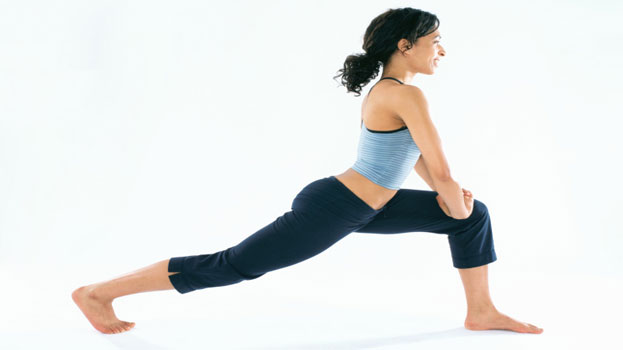Overtraining is a workout which your muscles can not afford to do. It can be harmful to our bodies in the same way working out too little is not good. Overtraining is the result of taking a little break or rest to recover our muscles between workouts. It can also result in exhaustion, fatigue and injury of muscles and which decreases our working capacity.
How to know that you are Overtraining?
The biggest sign that you are overtraining and working out more than your body can afford is fatigue. If you are feeling exhausted after working out, it might mean that you are overtraining because your workouts should leave you feel energetic, active and charged for the whole day.
It is not only a problem among ordinary people it is also common among athletes. It isn’t uncommon for athletes who are over strained to feel depressed or experience an inability to concentrate. Some may lose their interest in their sport while others start feeling a lower self-esteem.
Other sign includes frequent injuries and some people even become more susceptible to illness because of overtraining. Some signs or warnings that you may be overtraining are or moving, soreness that persists beyond a day or so, decreased athletic ability or performance, fatigue or exhaustion, inability to sleep achiness in the joints and limbs, pain when walking, frequent colds, sore throats or other illnesses.
Overtraining may also result in a lower resting heart rate, increased VO2 and VE during less intensive workouts, increased basal metabolic rate, headaches and even chronic fatigue. Overtraining is also known as overtraining syndrome. This syndrome is characterized by marked changes in performance as well as psychological and physiological changes in the body.
What is good and Bad Soreness?
You can’t always decide that soreness is due of overtraining because soreness isn’t always an indicator of something wrong. If you try a new exercise or lift a little heavier weight, there is a probability for you to feel a bit sore the next morning. If the soreness is so severe that you feel it in your joints and aren’t able to move the next day however, is not good.
In order to notice significant gains in the gym and increase strength, you have to push your body for more work out. It is a fact that our body will only build muscle if you make it works harder than it normally does and then our muscles become stronger.
Usually microscopic tears occur in the muscle fibres when we work out harder than normal. This is a very normal thing, but it does cause muscle soreness that is usually felt the day after your work out.
How to handle overtraining?
If you are a competitive athlete, you may need to rest for several weeks. If you are overtraining, the only way to repair the damage done to your body is to take some time off. A therapeutic massage may help flush your system. Of course the best treatment is prevention.
Some studies suggest that longer intervals of recovery are necessary to recover. During this time you may be able to engage in some light exercise, but not nearly the intensity you may be used to.
You’ll need to take a week or more to rest. Exercising long and hard isn’t always the best prescription for health. You can improve your performance working out three times a week for a reasonable amount of time.
The length of your recovery depends on the time you consistently overstrained. The key is making your workouts as efficient as possible. When it comes to training, efficiency is just as important as intensity. During this time it is important you drink lots of fluid and rest as much as possible.
Maximize Your Workout to prevent overtraining
Overtraining is a serious problem that can affect anyone. Fortunately you can prevent overtraining by working out sensibly and allowing your body enough rest between workouts. Remember, the more efficiently you work out, the more likely you are to realize health benefits for extended intervals.
These steps you can take to maximize your workouts like avoid exercising at high intensities consecutive days, allow a minimum of one recovery day between intense sessions or strength training sessions, vary your routine weekly or daily if possible, avoid lifting weight that are too heavy for you, avoid incorrect postures, always warm up and cool down prior to exercising, monitor your heart rate during physical activity to ensure you are working out in your ideal range.
Our bodies have a remarkable capacity to adapt to exercise. If you walk, run, bike, swim and strength rain, you provide your body with ample opportunities to work different muscle groups. You are much more likely to realize significant long-term benefits from varying your routine.







